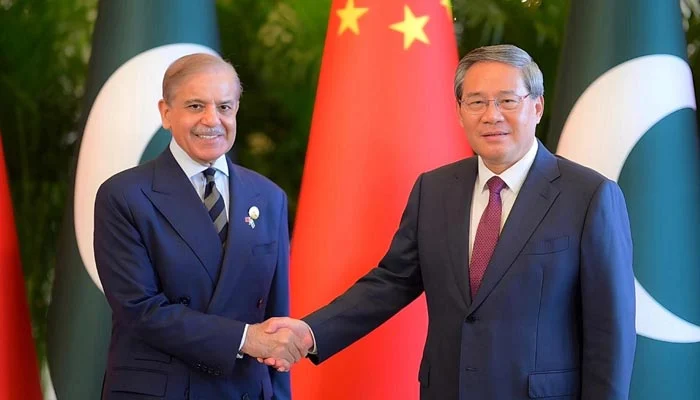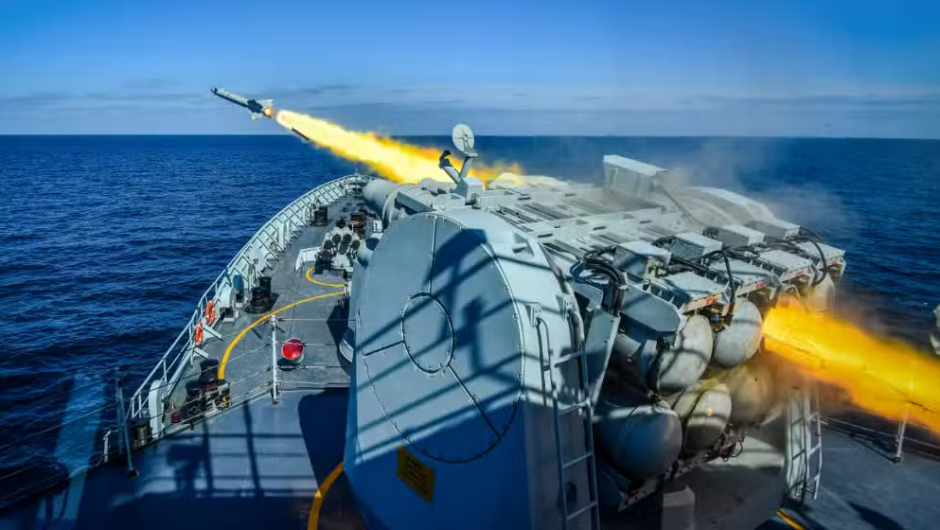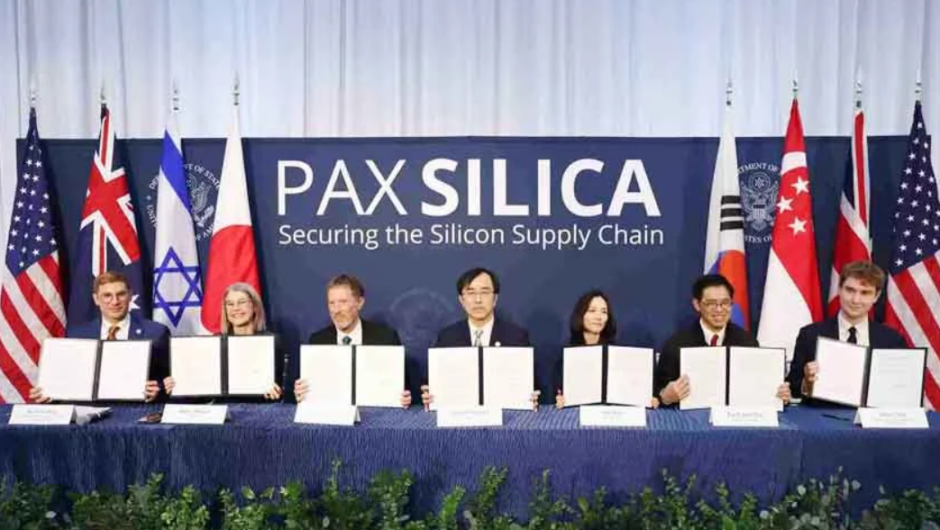Strengthening Bilateral Relations
During Prime Minister Shehbaz Sharif’s official visit to Beijing, Pakistan and China reaffirmed their unwavering commitment to strengthening bilateral relations through the next phase of the China-Pakistan Economic Corridor (CPEC). This upgraded version, often referred to as CPEC Phase II, marks a significant milestone in the long-standing partnership between the two nations. Both countries highlighted the need to expand cooperation beyond traditional areas and to adapt to evolving global economic and developmental trends.
Introduction of Five New Corridors
A major highlight of the visit was the formal agreement to introduce five new corridors under CPEC Phase II. These include the Growth Corridor, Livelihood Corridor, Innovation Corridor, Green Development Corridor, and Regional Connectivity Corridor. Each corridor has been designed with a specific focus to ensure a holistic approach to development. The Growth Corridor will focus on industrial advancement, while the Livelihood Corridor aims to improve employment and social welfare opportunities. The Innovation Corridor will promote technology and research collaboration, and the Green Development Corridor emphasizes sustainable energy and environmental protection. The Regional Connectivity Corridor, on the other hand, seeks to enhance integration and trade routes within the broader region.
Signing of MoUs Across Key Sectors
The discussions between Prime Minister Shehbaz Sharif and Chinese Premier Li Qiang were followed by the signing of several memorandums of understanding (MoUs). These agreements covered sectors including information technology, agriculture, media, and infrastructure development. Both leaders stressed that these new agreements would serve as building blocks for sustainable growth and mutual benefit, further solidifying the CPEC framework under the Belt and Road Initiative.
Building on the Belt and Road Framework
CPEC has been a flagship project of China’s Belt and Road Initiative (BRI), and the launch of its second phase represents a deepening of this collaboration. The new corridors align with the broader vision of BRI by fostering shared prosperity, connectivity, and innovation. For Pakistan, CPEC has already delivered substantial progress in the energy and infrastructure sectors, and Phase II promises to broaden its impact by focusing on emerging sectors and sustainable models of development.
Expanding Economic and Strategic Cooperation
Prime Minister Shehbaz Sharif emphasized that CPEC Phase II is not only about infrastructure but also about empowering people and strengthening Pakistan’s economy at multiple levels. The expansion into sectors such as IT and agriculture reflects Pakistan’s desire to modernize its industries while also ensuring food security and digital growth. China’s support in these areas is seen as a critical factor for Pakistan’s long-term stability and prosperity.
Regional Connectivity and Future Prospects
Another key component of the new agreement is the emphasis on regional connectivity. The Regional Connectivity Corridor aims to improve transport, logistics, and trade routes, positioning Pakistan as a hub for regional commerce. By linking South Asia, Central Asia, and the Middle East more effectively, the initiative is expected to bring far-reaching benefits for the entire region. This renewed vision of CPEC showcases how both Pakistan and China are looking beyond bilateral gains to regional integration and cooperation.
Topics #Belt and Road Initiative #CPEC Phase II #Pakistan and China Advance CPEC #Pakistan China partnership #regional connectivity #trending pakistan




